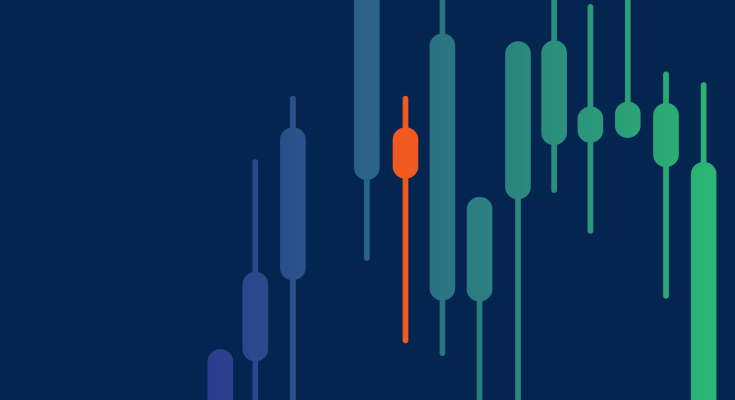How to Trade Forex? The stages?
Forex trading involves trading currency pairs in the foreign exchange market. This market is known for its high liquidity, meaning there is always a business opportunity for traders. However, the market can be volatile at times and calm at others. The activity of different currency pairings also varies depending on the market participants who are active during specific times of the trading day. This article will discuss three significant trading sessions, the types of market activity that can be expected during different times, and how to incorporate this information into a trading strategy.
To start trading Forex, you must first open an account with a broker. You can then choose a currency pair to trade and decide whether to buy or sell it. Understanding the technical terms of online trading and the workings of the Forex market to trade successfully is essential. A broker trade is a financial institution that acts as an intermediary between the people and the market, enabling the trader to conduct trading operations on Forex in the financial market.
Choosing the right broker is essential if you’re looking to trade Forex. A good broker will provide you with a trading platform with all the necessary elements for trading, including quotes of currency pairs, currency pair charts, graphical analysis tools, and an interface for placing market orders.
We strongly advise starting with a demo account if you’re new to Forex trading. You can trade Forex in natural conditions but with fake money. It’s a great way to learn without risking your own money.
To buy or sell a currency pair, follow these simple steps once you’ve opened a trading account and accessed your trading platform:
1. Connect to your account (Web Trader/MT4/MT5, Mobile Application…),
2. Go to the “Price window” or “Market observation”
3. Locate the currency pair that interests you
4. Right-click on it, then choose “Chart Window.”
5. Once the Forex chart has appeared, choose the buy volume on the “One-Click Trading” shortcut
6. Finally, click “BUY” to buy a currency pair or click “SELL” to sell a currency pair.
There are different types of orders that you can use to trade currencies. These include:
As a Forex trader, it is crucial to incorporate two vital tools into your order: the Stop Loss mean (SL), and the Take Profit mean (TP). The Stop Loss enables traders to automatically close a losing position at a specific level, thereby defining their maximum loss ahead of time. On the other hand, The Take Profit and Stop Loss should be used together for each trade to automatically close a winning position at a specific price and limit potential losses.
The Forex market is open all day and night from Monday to Friday. However, trading conditions are different at all hours. Trading conditions change as the open world markets (such as Sydney, Tokyo, London, and New York) follow one another and sometimes overlap. Therefore, traders will be more interested in the currencies of the open markets at that time.
If you plan to trade in the morning when the European stock market opens, focus on currency pairs that include EUR, GBP, and CHF. In the afternoon and evening, when the US markets open, it is advisable to trade USD and CAD. Finally, at night, traders should be interested in Asian currencies, including JPY, AUD, and NZD. This is because each currency will respond to economic announcements made by their respective countries during the opening hours of the markets they belong to.
Trading conditions are typically less favorable when liquidity is lower. This naturally occurs during the opening of the markets on Sunday evenings and a few hours before the markets close on Friday evenings. As a result, spreads tend to increase during these times. Trading conditions are typically less favorable when liquidity is lower. This naturally occurs during the opening of the markets on Sunday evenings and a few hours before the markets close on Friday evenings. As a result, spreads tend to increase during these times.
Regarding Forex trading, it’s essential to define your trading style based on your risk aversion and availability to trade. There are three main techniques to choose from:
1. Forex Scalping involves trading with multiple daily positions, posing the highest risk. It’s limited to one day, and all positions must be closed by the end of the day. This dynamic trading style is done on concise units, such as 10 or 5 minutes, to have many trading opportunities. However, we do not recommend that you start trading with scalping.
2. Day Trading – This trading style is also limited to the day, and all positions must be closed by the end of your trading day. It allows you to take classes in 30-minute or 60-minute time frames. Thus, There are different Forex trading approaches, and each caters to different needs and preferences.
If you prefer to limit the number of positions and risk exposure, then day trading suits you. However, it is essential to note that you will take fewer positions than in scalping, and your objectives per trade will be less significant.
Swing trading is an excellent option if you have a full-time job and wish to trade in your free time. With swing trading, you will only need to spend a few minutes analyzing the charts each week. You can refine your position by focusing on the daily H4 or H1 charts. It’s important to note that news plays a vital role in your work in swing trading.
However, the importance of fundamental analysis will be less critical in scalping and day trading since the positions will be closed quickly. In contrast, the news will have more impact on Forex Swing Trading as the situation will remain open longer.




